Vine ? possibly poison
akewa
16 years ago
Related Stories

LANDSCAPE DESIGNSee 5 Unexpected Ways to Use Vines
Vines can grow over slopes, trail off pergolas and add seasonal color to the garden
Full Story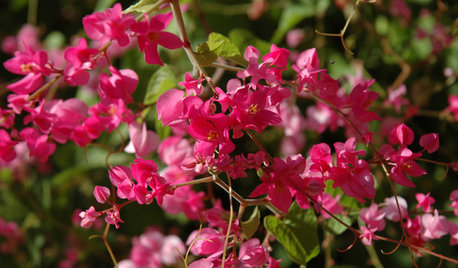
SOUTHWEST GARDENING10 Flowering Vines for Southwestern Gardens
These resilient, adaptable plants thrive in the region’s extreme climate and provide a variety of garden benefits
Full Story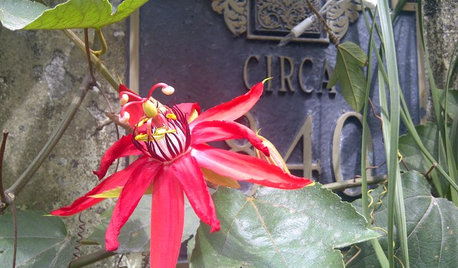
FLOWERS5 Sensational Flowering Vines for Warm Climates
Splash your garden with bright tropical color from late summer through fall with these showy trailing and climbing beauties
Full Story
EXTERIORSCare and Training for a Vine-Covered Home
Love the look but don’t want the ruin? Learn how to have vine-draped walls without all the cracks and crumbling
Full Story
MOST POPULARThe Perfect Houseplant for People Who Kill Houseplants
If you can fill a jar with water, you can keep golden pothos vine happy — and it will pay you back with cleaner air and a greener home
Full Story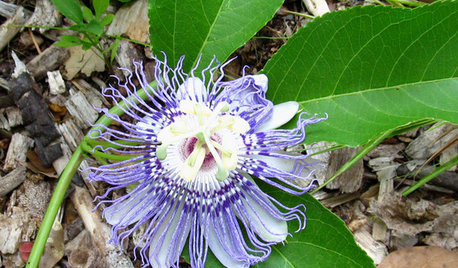
GARDENING GUIDESGreat Design Plant: Passiflora Incarnata
Enjoy the amazing flowers and edible fruit of U.S. native Passiflora incarnata (also known as maypop) — the butterflies sure do
Full Story
LANDSCAPE DESIGNLiving on the Edge of the Wild
When Mother Nature is your neighbor, the possibilities — and responsibilities — can be that much greater
Full Story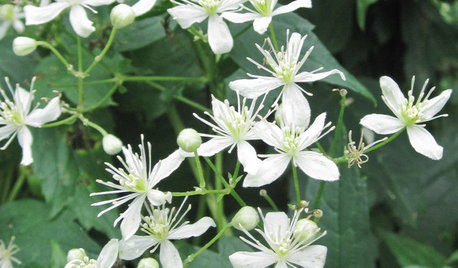
GARDENING GUIDESGreat Design Plant: Clematis Virginiana
Devil’s darning needles, a vigorous vine native to eastern North America, likes partial shade and many types of soils
Full Story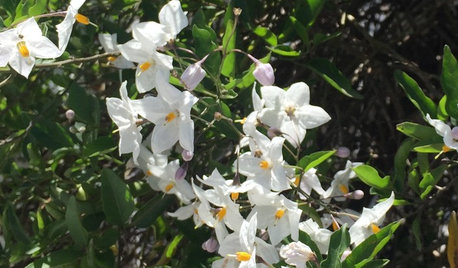
FLOWERS AND PLANTSFor a Bare Garden Wall or an Empty Corner, Consider Jasmine Nightshade
Solanum laxum has dainty white flowers and thrives in gardens where winters are mild
Full Story
PLANTING IDEASGreat Garden Combo: Rose + Clematis for Small-Space Impact
We all need somebody to lean on. And when a rose supports a climbing vine, the results can totally transform a small garden
Full Story





arjo_reich
atokadawn
Related Professionals
Bridgeport Landscape Contractors · Dickinson Landscape Contractors · Fairhope Landscape Contractors · Lexington Landscape Contractors · Pacifica Landscape Contractors · Palm Beach Gardens Landscape Contractors · Selden Landscape Contractors · Goldenrod Landscape Contractors · Glen Avon Solar Energy Systems · Bellflower Solar Energy Systems · North Tustin Solar Energy Systems · Old Saybrook Solar Energy Systems · Palo Alto Solar Energy Systems · Dallas Roofing & Gutters · Georgetown Roofing & Guttersmyrtleoak
sdrawkcab
brandon7 TN_zone7
akewaOriginal Author
brandon7 TN_zone7
myrtleoak
akewaOriginal Author
civilengr3
arjo_reich
thelma2022_yahoo_com
KatyaKatya